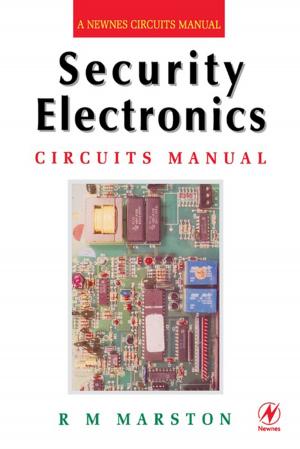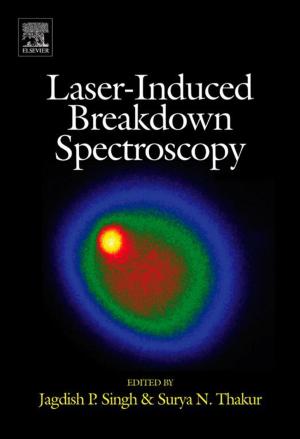Handbook of Measure Theory
In two volumes
Nonfiction, Science & Nature, Mathematics, Mathematical Analysis, Statistics| Author: | E. Pap | ISBN: | 9780080533094 |
| Publisher: | Elsevier Science | Publication: | October 31, 2002 |
| Imprint: | North Holland | Language: | English |
| Author: | E. Pap |
| ISBN: | 9780080533094 |
| Publisher: | Elsevier Science |
| Publication: | October 31, 2002 |
| Imprint: | North Holland |
| Language: | English |
The main goal of this Handbook is
to survey measure theory with its many different branches and its
relations with other areas of mathematics. Mostly aggregating many classical branches of measure theory the aim of the Handbook is also to cover new fields, approaches and applications which
support the idea of "measure" in a wider sense, e.g. the ninth part of the Handbook. Although chapters are written of surveys in the various
areas they contain many special topics and challenging
problems valuable for experts and rich sources of inspiration.
Mathematicians from other areas as well as physicists, computer
scientists, engineers and econometrists will find useful results and
powerful methods for their research. The reader may find in the
Handbook many close relations to other mathematical areas: real
analysis, probability theory, statistics, ergodic theory,
functional analysis, potential theory, topology, set theory,
geometry, differential equations, optimization, variational
analysis, decision making and others. The Handbook is a rich
source of relevant references to articles, books and lecture
notes and it contains for the reader's convenience an extensive
subject and author index.
The main goal of this Handbook is
to survey measure theory with its many different branches and its
relations with other areas of mathematics. Mostly aggregating many classical branches of measure theory the aim of the Handbook is also to cover new fields, approaches and applications which
support the idea of "measure" in a wider sense, e.g. the ninth part of the Handbook. Although chapters are written of surveys in the various
areas they contain many special topics and challenging
problems valuable for experts and rich sources of inspiration.
Mathematicians from other areas as well as physicists, computer
scientists, engineers and econometrists will find useful results and
powerful methods for their research. The reader may find in the
Handbook many close relations to other mathematical areas: real
analysis, probability theory, statistics, ergodic theory,
functional analysis, potential theory, topology, set theory,
geometry, differential equations, optimization, variational
analysis, decision making and others. The Handbook is a rich
source of relevant references to articles, books and lecture
notes and it contains for the reader's convenience an extensive
subject and author index.















